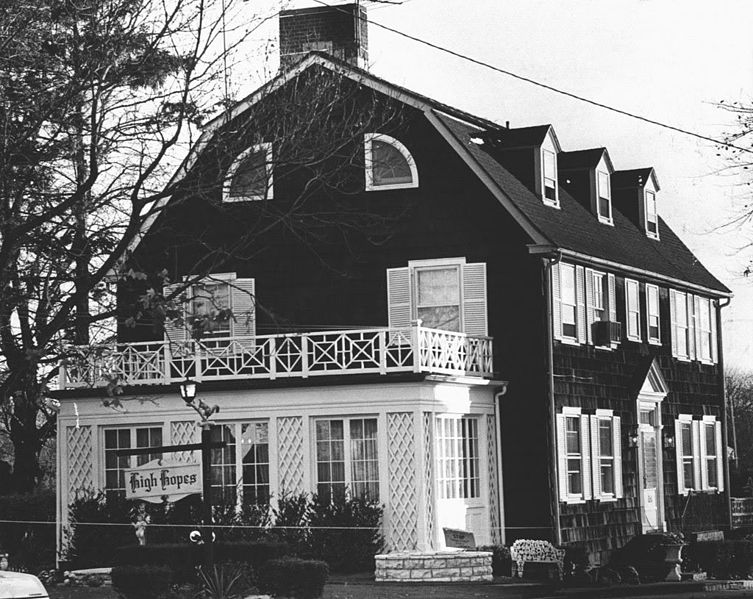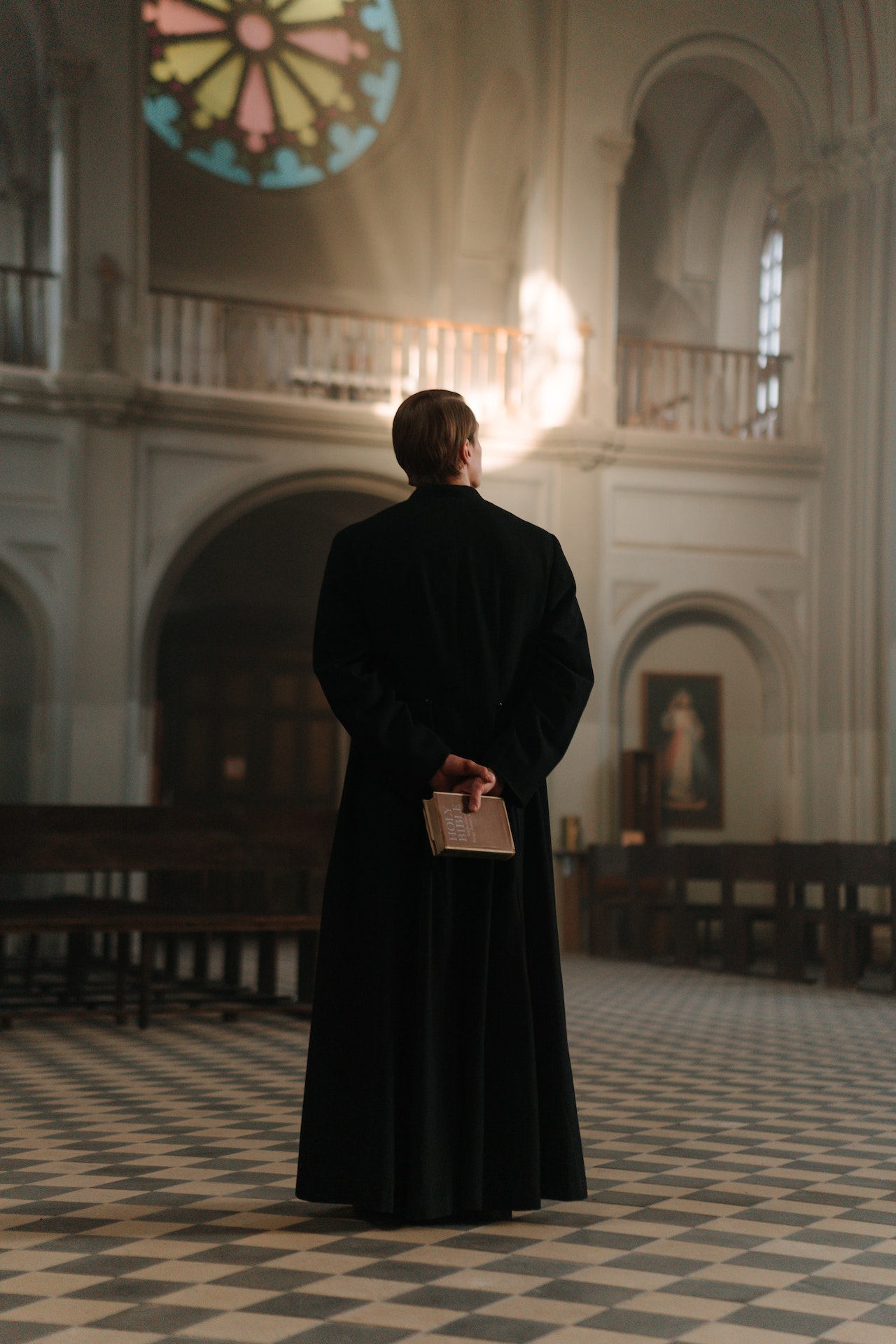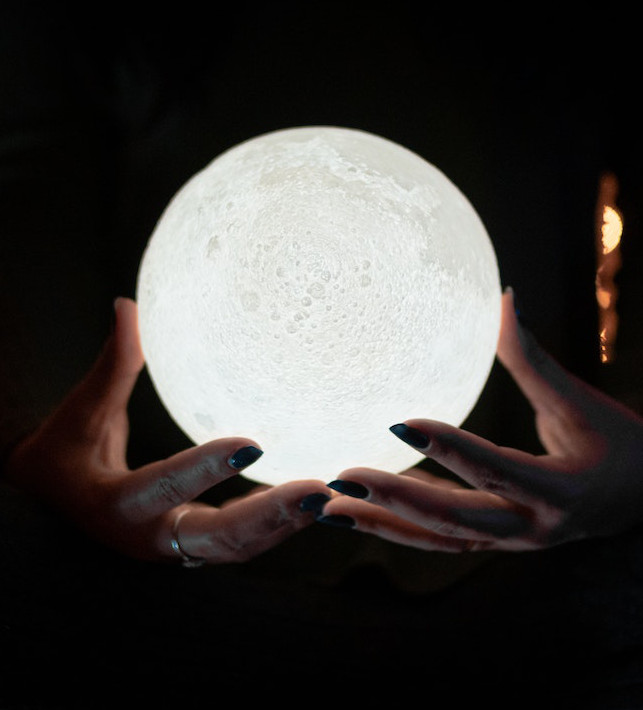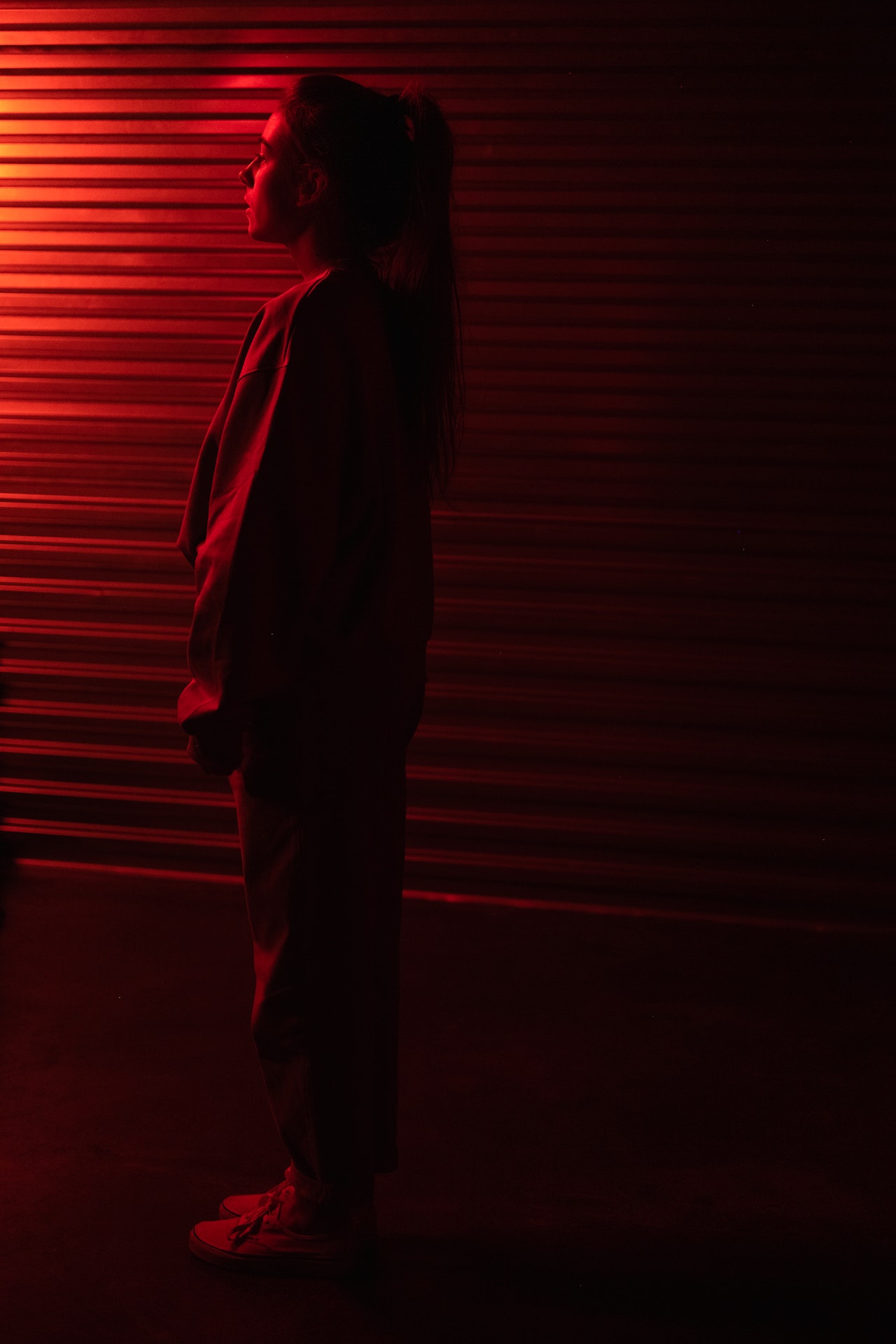The Amityville Horror
Welcome! Today we’re spending our Weird Wednesday on Long Island! Before the movies, before the book, before the revelation that it was all a hoax, the house at 112 Ocean Ave, Amityville, Long Island, New York, was the scene of a real horror: the murder of six people.
Ronald DeFeo, Jr., 23, killed his parents, two brothers, and two sisters with a rifle on Nov 13, 1974. If you’re familiar with the Amityville Horror story, you know of claims DeFeo was hearing voices that told him to kill his family. This part is surprisingly real— at least, according to his defense. The jury was unmoved, however, and DeFeo was convicted of mass murder. He died in prison in 2021. It is also true that motive remains elusive: DeFeo might have been after life insurance, and there was tension between him and his father. But nothing was ever said about evil spirits before the murders.
Of course, living in a house where six people were murdered by someone they loved has got to be a little freaky. But one family claimed there was a lot more horror going on. George and Kathy Lutz and their three children lived 28 days in the house at 112 Ocean Ave, starting in Dec, 1975. Interviews and a 1977 book by Jay Anson told the story of a terrified family who barely escaped with their lives. However, later fact-checkers found, well, no facts at all.
So we’re left with an odd contradiction: a false tale that got a lot of publicity for being “true,” but which remains, at its heart, a really good ghost story (which is why it led to many more books and movies). And here on Weird Wednesday, writing good ghost stories is our aim, so let’s see how horrifying the tale really gets:
Unholy Spirits
One of the major Amityville tropes is Priest vs. Evil. (This bit presumes that the situation is more demonic infestation than haunted house.) The original “true” story has a priest called by the Lutz family to bless their new house, only to be told in a demonic voice to Get out! Later, demons were said to interfere with the priest’s phone calls to the Lutzes, and to actually attack and injure him in his own residence. Protagonists in scary stories often seek help from the (usually Catholic) church, probably because the church is seen as Good that can counter Evil, and because the Catholic church has rites of exorcism.
A couple of demonic writing prompts:
- Twists on this trope could include a man discovering his call to the priesthood after learning that demons are unexpectedly scared of him, or a priest discovering he’s part demon by birth and demons want to treat him like a long-lost bro (which can either be very good or very bad or maybe just very weird).
- Or you could have a non-religious scientist experimenting with the rites of exorcism to determine exactly which part banishes demons, and then just waltzing into haunted houses and driving demons away with a single prayer or flick of holy water from a specific shrine.
This House is Unclean
Enter the psychics! In the Amityville case, celebrity demonologists Ed and Lorraine Warren (yup, the ones from the Conjuring cinematic universe) were the heavy hitters. Their investigation produced the famous ghost boy photo, said to be the spirit of John DeFeo, who was nine when he died in the house. Psychics are a big part of many ghost stories, because they’re a good way of getting information on what seems to the protagonists like a lot of confusing occurrences. (Another common way to get info is to have a character do some historical research.)
Some prescient prompts:
- You could have a psychic who feels absolutely nothing when she comes into a house, which could either mean the haunting is a hoax, and the story’s about to switch genres from horror to mystery, or that Something is interfering with her powers. The supernatural interference could be due to weird geography (for example, the house might be built on a site with an abundance of a certain tree or mineral that enhances ghosts/evil and inhibits psychics/good). Or there could be some magical inhibition (and now we’re in the fantasy genre), or a ghost who actually knows the psychic and is hiding from her specifically.
- And then there’s one of my favorite bits: the walking dead zone. If some people are magnets for psychic activity, there must also be people on the other end of the spectrum, who inhibit paranormal phenomena. Imagine setting up all your equipment in a haunted house, ready to capture evidence of ghosts, and this guy walks in, and suddenly everything goes dead. No temperature changes, EVP answers, knocking on the walls, ghostly hair-pulling, or chairs sliding across the floor. There’s just nothing. This is the kind of guy who has the ghost hunters yelling at him to get out of a haunted house, instead of the ghosts.
High Hopes
In haunted house stories, writers often treat the house itself as its own character, and despite the name (in real life the house was nicknamed High Hopes by its builders) the Amityville house goes through some serious trauma. It’s got an upstairs bedroom that no one can sleep in, which occasionally fills with flies. It’s got weird smells, green slime, black slime, and broken windows and doors. Then there’s the infamous “red room” in the basement (which always makes me think of the REDRUM from the Shining). In Amityville stories, the characters usually break into an unused part of the basement to find a room all painted red, which seems to be the source of the house’s evil. And then you also have the land beneath the house, which is said to be cursed (though often in a way that’s really disrespectful to the Native Americans who once lived there).
Some well-housed prompts:
- I like the idea that different characters in a piece of media think they’re part of a story in wildly different genres. What if the haunted house as a character thinks this is not horror but dark comedy? Or a fairy tale, or romance? What if the house is trying to live a normal life, thank you very much, but these aggravating demons will not stop showing up at the door, mumbling something about how they heard there used to be a mad scientist sacrificing virgins around here (which is not even a thing), and the house has to try increasingly strange ways of evicting them? So maybe the house makes sure it always smells really nice and has butterflies inside, and all the walls are freshly painted pale yellow. Maybe there are rumors the tap water from the sink upstairs can cure little old ladies with osteoporosis. What would the demons do then?
- If you want to stick to horror, one of the common tropes in haunted house stories is the locked or inescapable house, which is part of the larger scare factor of having something go terribly wrong in a place you feel safe. In real life, this happens in house fires and natural disasters, so you could combine the two: perhaps a haunted house floods every spring, even though it’s built in a desert climate. Maybe the top room burns every year on the anniversary of a murder in the attic. Or what if the house just… goes missing from time to time?
A Foolish Man Builds His House Upon the Sand
The human characters in Amityville do not fare any better than their house. Often the story has the father, George Lutz, taking on the mannerisms of Ronald DeFeo, because he’s being influenced by the same evil spirits, who like to make people kill their families. So George gets mean and cold and homicidal. Meanwhile, his wife Kathy has nightmares and gets scratched and even levitates above the bed. And then there’s Jodie. No, that’s not one of the kids (in the original story anyway), it’s a demon-pig with red eyes that befriends the youngest Lutz child. The horror genre loves kids with not-so-imaginary friends. Later stories have people in the house experiencing whatever kind of horrors writers could come up with, which is a big part of the fun of writing a haunted house story.
So let’s have some haunted prompts:
- You’ve got a few choices for character fates in a haunted house: unscathed escape, injured or traumatized escape, death, or perhaps most horrifying, becoming part of the house forever. We often think of characters who die passing into a safe paradise, but in the horror genre, that avenue of escape is often blocked. So what does happen to those people? Perhaps the inside of the haunted house is just a form of Hell, where a character is stuck with a bunch of demons. Or maybe they’re alone, which is also not a great eternal fate. Maybe they really do become part of the house, part of its walls and floors, and can only move on when the house finally rots or burns down.
- Or maybe haunted houses/places also exist in another world, invisible to the mortal eye, where a character can go traveling. Maybe if you die in the Amityville house, you get a visitor’s pass for the Lincoln bedroom or Borley Rectory. Are there demons pursuing these travelers? Do the newly departed make friends with other ghosts? Can they ever pass back into the world of the living?
Thanks for spending your Weird Wednesday here in Amityville. Remember, keep your hopes high!
Want to chat about the blog? Did you use one of the prompts? Hit me up on social media.
If you like creepy murder mysteries, you can listen to my audio drama People Have to Know for free on the No Sleep Podcast. A radio reporter encounters supernatural evil during a death row interview. You can also read my free paranormal romance You Don’t Say, about rival psychic investigators.
Sign up for my free monthly newsletter and never miss a blog post! Or subscribe by RSS
Sources & further reading:
Ronald DeFeo, Jr. on Wikipedia
The Amityville Horror media universe
The Amityville Horror, a book by Jay Anson, 1975, on Wikipedia and Goodreads




